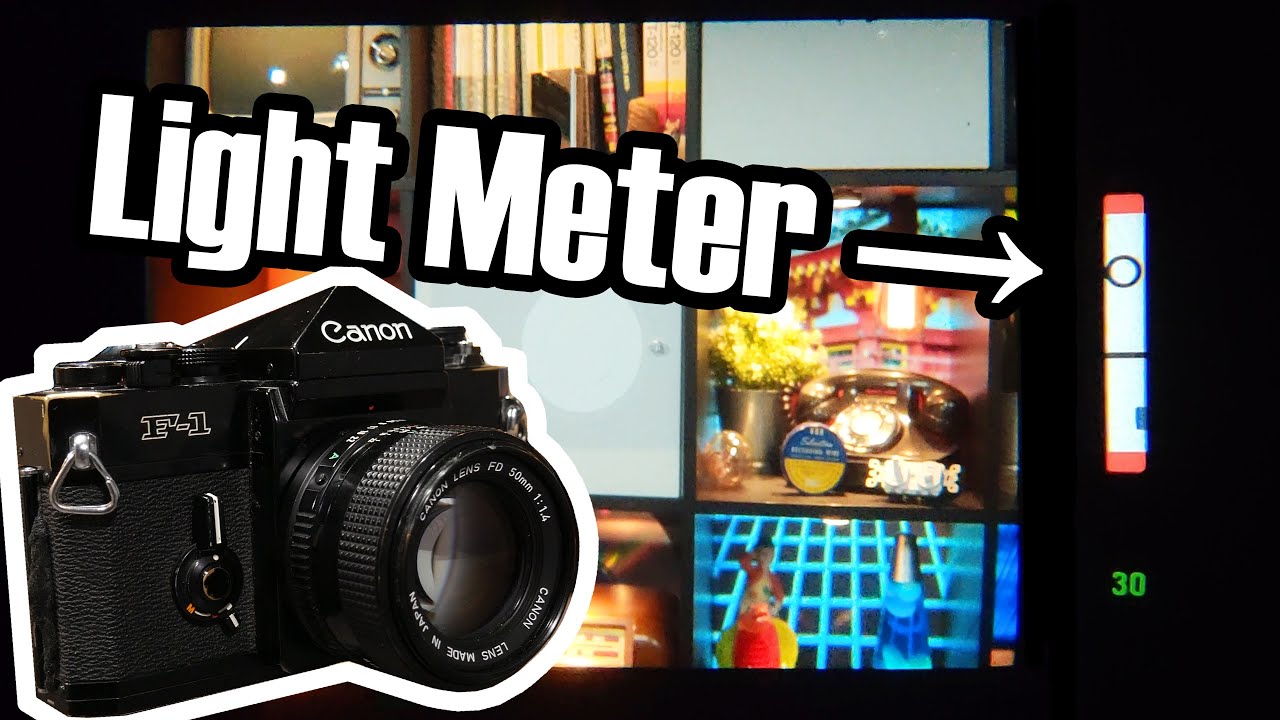Technology Connections, a YouTube channel that covers a wide array of interesting technology stories, has shared this 28-minute video that explores how the Canon F1 from 1971 works, with special detail focused on the camera’s light meter.
In addition to learning specific details about the Canon F1, the host actually goes into a lot of detail about both the history of terms like ISO and how f-stops are calculated, and how shutter speed and aperture work together to create an exposure. If you’re new to photography and want a fairly fast yet thorough explanation of how all the settings on modern cameras work, this video is a surprisingly good place to start.
The main topic of the video, though, is a technology called a match-needle exposure meter. It is the only part of the Canon F1 that requires a battery to operate and works differently than modern exposure meters. Match-needle exposure meters, also called selenium meters, are based on the photoelectric properties of the element selenium. According to a detailed breakdown of the technology here, selenium meters are an instrument “which is connected to the anode and cathode of a selenium photocell that produces more or less electric power when exposed to more or less light.”
It’s a fascinating old camera technology that isn’t used much today. They did not age well, as selenium cells tended to generate less current as they were used over the years and were exposed to the elements like light, heat, and moisture. As a result, many old selenium meters are not accurate today or are completely dead. However, it’s possible if a selenium meter was never used, it could still function perfectly fine despite its age.
For more information on match-needle exposure meters, you should read this detailed article here, and for more deep-dives into technology, you can subscribe to Technology Connections on YouTube.
